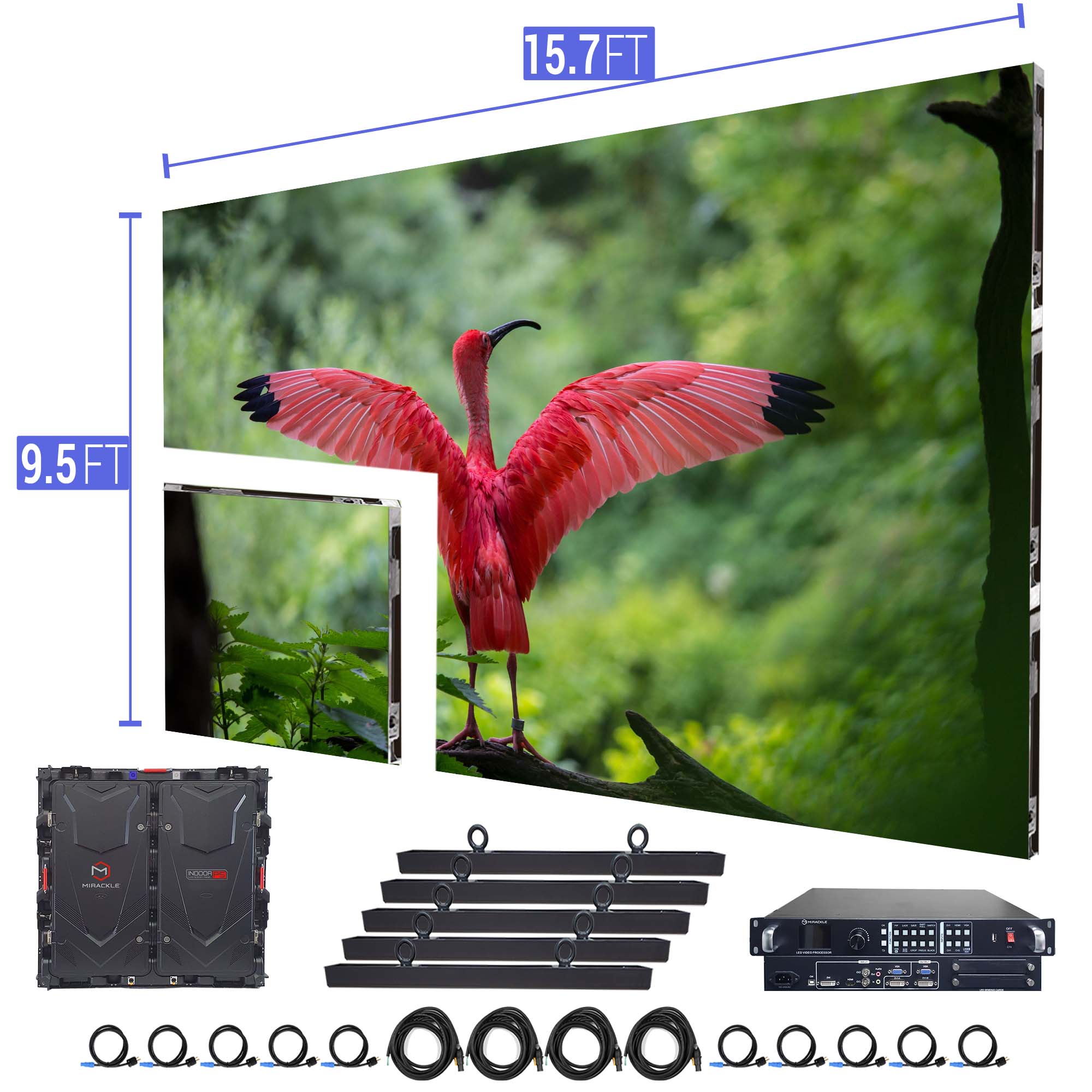Investigating the Essential Factors That Affect Brightness in LED Wall Panels
Investigating the Essential Factors That Affect Brightness in LED Wall Panels
Blog Article
LED panel screens are progressively favored for and promotion and entertainment due to their luminous and vibrant displays. Understanding the elements that affect the brightness of these panels is essential for producers and buyers alike. Luminosity is typically measured in candelas, which shows how much illumination is produced from the surface of the screen. Numerous key elements contribute to the overall luminosity, including the type of Light Emitting Diode used, the caliber of the panel materials, and the power provided to the screen.
The type of Light Emitting Diode component used in a panel screen plays a significant role in its luminosity. Different Light Emitting Diodes emit differing levels of lumens, which measure the amount of illumination visible to the human eye. High-quality components, such as those made using sophisticated technology, can produce more luminous light with higher efficiency. Furthermore, the color tone of the LED also affects apparent brightness. For instance, cooler color tones (higher Kelvin values) can appear more luminous than hotter ones, even at the identical light output rating. This characteristic is important for applications where visibility is important, such as in external advertising.
The materials used in the construction of LED wall panels also influence their luminosity. The type of substrate and coating materials can influence how much light is conducted versus how much is absorbed or scattered. For example, a screen made with premium clear material will allow more illumination to flow through than important source one made with lower-grade materials. Additionally, the configuration of the panel, including its thickness and the arrangement of the Light Emitting Diodes, can enhance or reduce brightness by influencing how light is spread across the panel.
The power source provided to the Light Emitting Diode wall screens is another key factor in establishing brightness. Each Light Emitting Diode chip has a particular voltage and electric flow requirement for ideal functioning. If the power source falls short, the brightness of the screen will diminish. Conversely, supplying too much power can lead to excessive heat and reduced durability of the LEDs. Therefore, ensuring a stable and sufficient power source is essential for realizing consistent luminosity levels. This is particularly vital in dynamic screens, where luminosity may need to be modified for different visit the site illumination conditions.
Finally, surrounding factors can influence how luminosity is perceived. Ambient illumination conditions play a major role in how bright an Light Emitting Diode wall panel looks. In bright daylight, for example, a screen with a lower brightness level may struggle to be visible clearly, while a higher-brightness panel can stand out more effectively. Additionally, the perspective from which the panel is observed can influence brightness appearance due to how light bounces off surfaces. Understanding these factors helps buyers choose the appropriate Light Emitting Diode wall screen for their needs and ensures that producers produce products that satisfy brightness standards for various applications.